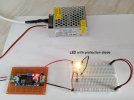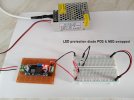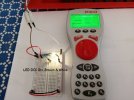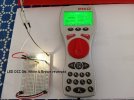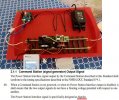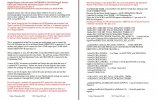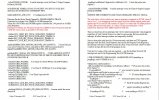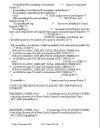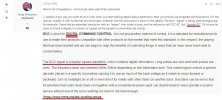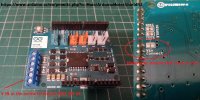Sorry for the lack of clarity.
Consider the diagram in this post from the other thread (Phil's picture showing the main loop with a wye to the spur line, and purple overlay showing a "reversing loop" on the bottom of the wye and part of the spur line).
Now, rather than use the same booster for the main line and the spur line, consider that we use a different boosters, and we'll drive the "reversing loop" off the spur line booster. Does this cause any special considerations for the interface between the "reversing loop" and the connections to the main line?
Would the answer change if we drove the "reversing loop" off a third booster?
I'm assuming the answer is "no", but I'm not fully on board with any interfacing issues when trains cross between booster zones, so I wondered if that made for extra complexity for reversing loop modules.
Consider the diagram in this post from the other thread (Phil's picture showing the main loop with a wye to the spur line, and purple overlay showing a "reversing loop" on the bottom of the wye and part of the spur line).
Now, rather than use the same booster for the main line and the spur line, consider that we use a different boosters, and we'll drive the "reversing loop" off the spur line booster. Does this cause any special considerations for the interface between the "reversing loop" and the connections to the main line?
Would the answer change if we drove the "reversing loop" off a third booster?
I'm assuming the answer is "no", but I'm not fully on board with any interfacing issues when trains cross between booster zones, so I wondered if that made for extra complexity for reversing loop modules.



